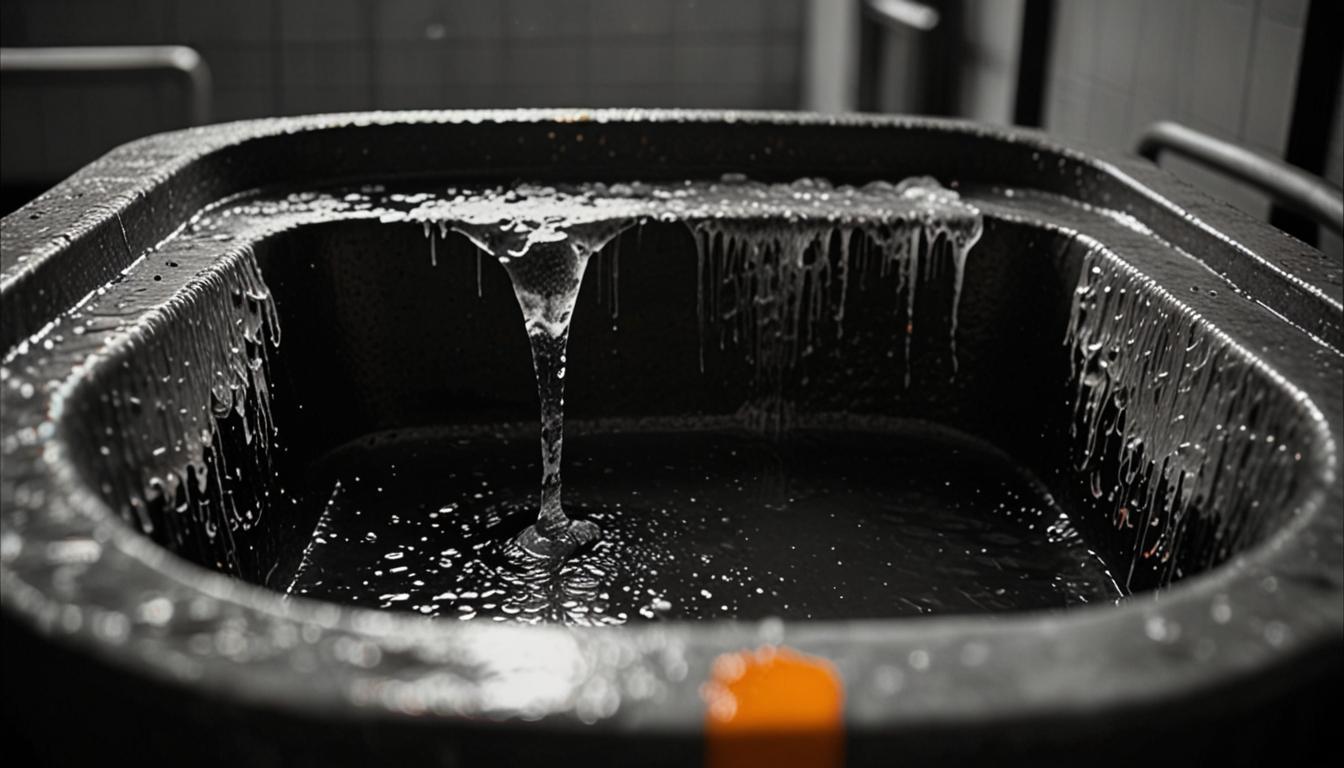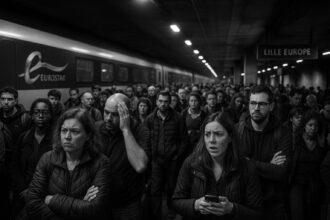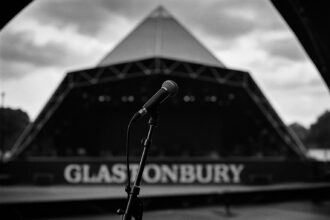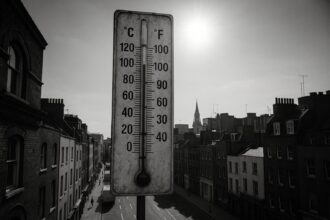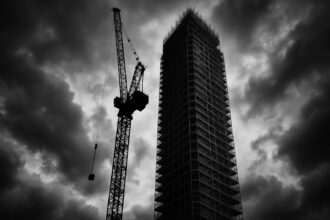The recent surge in heatstroke cases in New Delhi prompts the establishment of an emergency heatstroke unit at Ram Manohar Lohia Hospital, treating over 50 individuals in a week. Dr. Amlendu Yadav leads the unit in swift cooling methods to prevent organ damage and emphasises the critical role of immediate cooling for heatstroke victims amidst extreme temperatures in northern India.
Ram Manohar Lohia Hospital in New Delhi has responded to the recent surge in heatstroke cases by establishing an emergency heatstroke unit. Over the past week, this facility has treated more than 50 individuals suffering from heat-related illnesses. The unit, led by Dr. Amlendu Yadav, employs swift methods to reduce patients’ body temperatures, including the use of a large tub filled with ice and water.
Since mid-May, New Delhi and much of northern India have experienced persistent temperatures over 40 degrees Celsius. This heatwave has resulted in at least 275 deaths in Delhi, according to local reports, though the actual number is likely higher. The extreme temperatures have severely impacted outdoor laborers, many of whom are unaware of the risks and symptoms of heatstroke.
Dr. Yadav highlights the importance of immediate cooling for heatstroke victims, stressing that “time is life, time is tissue.” The hospital’s new methods significantly cut down the time required to lower body temperatures, which is crucial to prevent organ damage.
Despite the implementation of some heatwave preparedness measures, there are still criticisms about the adequacy of public awareness and governmental action during these periods of extreme heat.
Temporary temperature declines brought slight relief recently, but the Indian Meteorological Department anticipates a return of higher temperatures.


